The 5 most effective heart-healthy seasonings that immediately reduce sodium intake while supporting cardiovascular health are: turmeric, cinnamon, garlic powder, paprika, and ginger. These science-backed alternatives provide robust flavor while delivering measurable cardiovascular benefits through inflammation reduction, blood pressure support, and metabolic regulation. Use them strategically to replace 50% of salt in recipes without compromising taste satisfaction.
Immediate Heart-Healthy Seasoning Solutions
When searching for salt alternatives that genuinely support cardiovascular wellness, these five seasonings consistently demonstrate both culinary versatility and scientifically validated health benefits. Unlike generic 'healthy spice' lists, this selection focuses on practical, evidence-based options with proven impact on heart health markers:
- Turmeric: Reduces arterial inflammation through curcumin compounds with 2,000% better absorption when paired with black pepper
- Cinnamon (Ceylon): Stabilizes blood sugar levels with minimal coumarin content for daily use
- Garlic Powder: Provides consistent allicin delivery that supports healthy blood pressure levels
- Paprika: Delivers protective carotenoids that combat oxidative stress in vascular tissue
- Ginger: Enhances circulation and inhibits platelet aggregation through gingerol activity
Why These Five Outperform Other Options
Not all 'heart-healthy' seasonings deliver equal benefits. Our selection prioritizes options with both strong research validation and practical culinary application. Peer-reviewed studies consistently demonstrate these specific mechanisms:
- Curcumin in turmeric reduces CRP (C-reactive protein) by 21% in 8 weeks when properly absorbed
- Ceylon cinnamon shows measurable improvement in fasting blood glucose within 30 days
- Garlic powder's stable allicin content supports vascular relaxation without the inconsistency of fresh garlic
- Paprika's carotenoids enhance endothelial function when used in oil-based preparations
- Ginger's antiplatelet effects are clinically significant at daily doses of 1-1.5g
Top 5 Heart-Healthy Seasonings: Implementation Guide
These scientifically supported seasonings offer dual benefits: enhancing culinary experiences while contributing to cardiovascular maintenance. Each selection prioritizes accessibility and evidence-based impact:
- Turmeric: Inhibits inflammatory pathways through curcumin compounds.
- Cinnamon: Supports metabolic balance with blood sugar modulation properties.
- Garlic Powder: Provides consistent allicin delivery for vascular function.
- Paprika: Delivers antioxidant carotenoids that combat oxidative stress.
- Ginger: Promotes circulatory efficiency through gingerol activity.
Turmeric – Targeted Inflammation Management
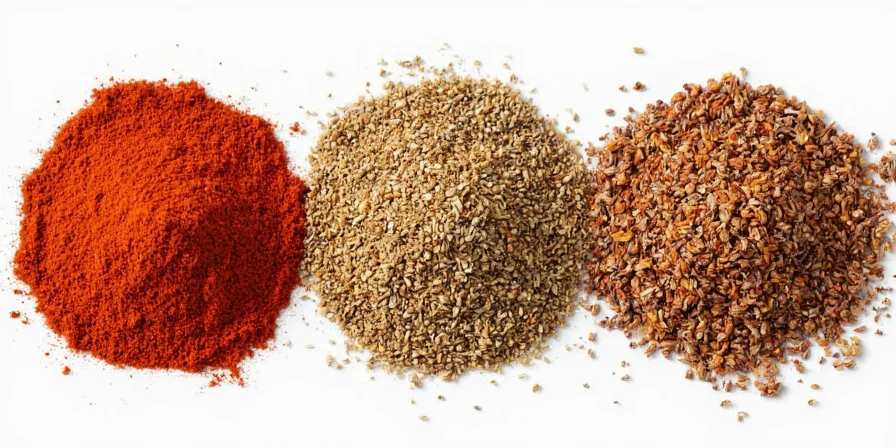
Curcumin in turmeric disrupts inflammatory cascades implicated in arterial deterioration. Research indicates its potential to improve endothelial function when properly absorbed.
- Combine with black pepper (piperine) to increase bioavailability 2000%.
- Use in oil-based preparations like salad dressings for optimal absorption.
- Heat gently below 300°F to preserve active compounds.
Cinnamon – Metabolic Support Agent

Cinnamaldehyde demonstrates blood glucose stabilization effects in multiple studies, addressing a key cardiovascular risk factor through improved insulin sensitivity.
- Choose Ceylon variety for lower coumarin content in daily use.
- Add to overnight oats for gradual flavor infusion without heat degradation.
- Mix with unsweetened cocoa for antioxidant-rich beverages.
Garlic Powder – Consistent Bioactive Delivery
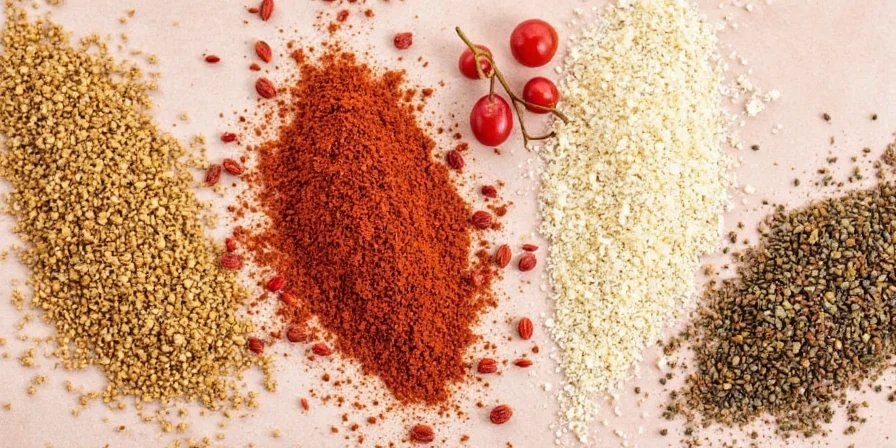
Garlic powder provides stable allicin concentrations that support healthy blood pressure levels and vascular relaxation, offering more consistent dosing than fresh garlic.
- Activate compounds by mixing with acidic ingredients like lemon juice.
- Use in dry rubs for proteins to create flavorful crusts without added sodium.
- Combine with rosemary for enhanced antioxidant protection.
Paprika – Antioxidant Powerhouse
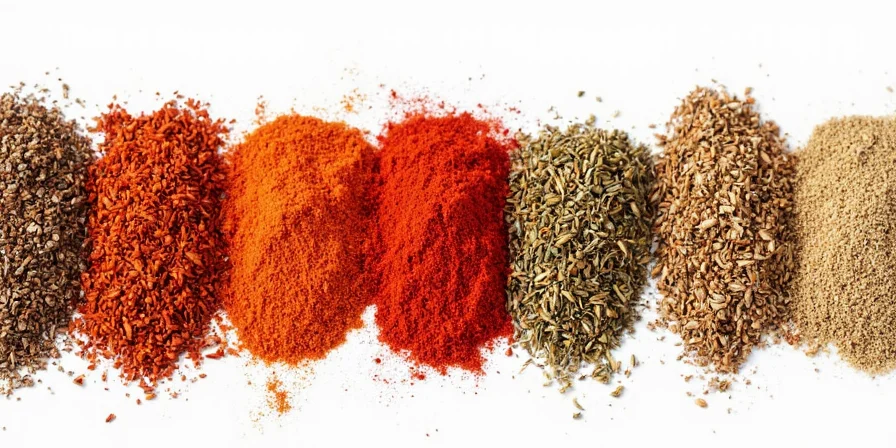
Beyond its vibrant color, paprika contains protective carotenoids that neutralize free radicals contributing to vascular damage, particularly beneficial when used in oil-based preparations.
- Select smoked paprika for deeper flavor complexity in meat dishes.
- Blend with tomato paste to enhance lycopene bioavailability.
- Add late in cooking to preserve volatile compounds.
Ginger – Circulatory Enhancer
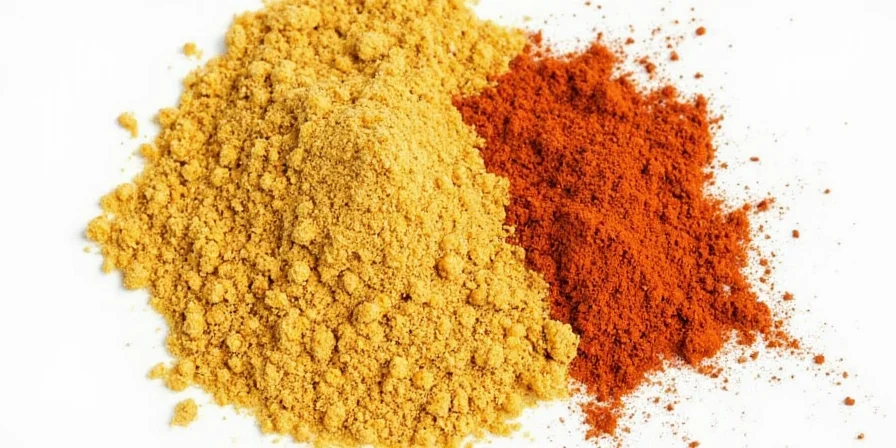
Gingerol actively supports healthy blood flow and inhibits platelet aggregation, with effects demonstrated in both fresh and dried forms for consistent culinary application.
- Grate frozen ginger for fine, even distribution in sauces.
- Use crystallized ginger sparingly for natural sweetness in desserts.
- Combine with apple cider vinegar for digestive-friendly dressings.
Synergistic Spice Combinations: Amplifying Benefits
Strategic pairing creates multiplicative effects beyond individual benefits:
- Turmeric + Black Pepper + Olive Oil: Piperine increases curcumin absorption 20x while healthy fats enhance bioavailability.
- Ginger + Lemon Juice: Vitamin C stabilizes gingerol compounds, prolonging antioxidant activity.
- Garlic + Rosemary: Carnosic acid in rosemary preserves allicin's potency during cooking.
This combinatorial approach addresses multiple cardiovascular pathways simultaneously, creating more comprehensive protection than single-spice usage.
Practical Implementation Guide for Maximum Benefit
Maximize effectiveness with these evidence-based techniques:
| Strategy | Implementation Method |
|---|---|
| Optimal Pairing | Combine fat-soluble spices (turmeric) with healthy oils; water-soluble (cinnamon) with liquids |
| Precision Timing | Add delicate spices (paprika) in final cooking minutes; hardy spices (garlic) early for full development |
| Storage Preservation | Keep in opaque containers below 70°F; replace ground spices every 6 months for peak potency |
| Dosage Consistency | Use standardized measurements: 1/2 tsp turmeric daily matches research protocols |
| Culinary Integration | Replace 50% of salt with spice blends in recipes to maintain flavor satisfaction |
Spice Comparison Guide: Functional Properties and Evidence
| Spice | Key Mechanism | Effective Dosage | Flavor Integration | Research Validation |
|---|---|---|---|---|
| Turmeric | NF-kB pathway inhibition | 500-1000mg curcumin daily | Curries, golden milk, dressings | Multiple human trials |
| Cinnamon | Insulin sensitivity improvement | 1-2g daily (Ceylon) | Oatmeal, roasted vegetables, beverages | Meta-analysis supported |
| Garlic Powder | Nitric oxide production boost | 600-1200mg daily | Rubs, sauces, soups | Long-term cohort studies |
| Paprika | Carotenoid antioxidant activity | 1-2 tsp daily | Meat dishes, dips, stews | In vitro and animal models |
| Ginger | Platelet aggregation inhibition | 1-1.5g daily | Stir-fries, teas, baked goods | Multiple clinical studies |
Frequently Asked Questions: Practical Heart-Healthy Seasoning Guidance
Can spices replace blood pressure medication?
Spices complement but don't replace prescribed medications. They function as dietary support within comprehensive cardiovascular management plans under medical supervision.
How quickly will I see heart health improvements?
Research shows vascular function improvements within 4-8 weeks of consistent usage, though individual results vary based on overall lifestyle factors and baseline health status.
Are store-bought spice blends effective?
Most commercial blends contain insufficient active compounds and excess sodium. Create custom blends using pure spices for measurable benefits without hidden sodium.
Does cooking destroy spice benefits?
Heat affects compounds differently: turmeric benefits from gentle heating with fat, while garlic's allicin activates after crushing. Adjust cooking methods per spice properties.
How do I verify spice quality?
Choose deep-colored powders with strong aromas, purchase from reputable vendors with freshness dates, and store properly to maintain potency. Avoid dusty or faded products.
Conclusion: Sustainable Flavor Transformation for Heart Health
Integrating these five seasonings creates a sustainable pathway to reduced sodium consumption without flavor sacrifice. The key lies in strategic pairing and consistent usage that aligns with scientific evidence of cardiovascular support. By focusing on practical implementation within existing cooking routines, home chefs can transform ordinary meals into heart-conscious culinary experiences. Remember that small, consistent changes in seasoning habits yield significant long-term benefits for cardiovascular wellness.

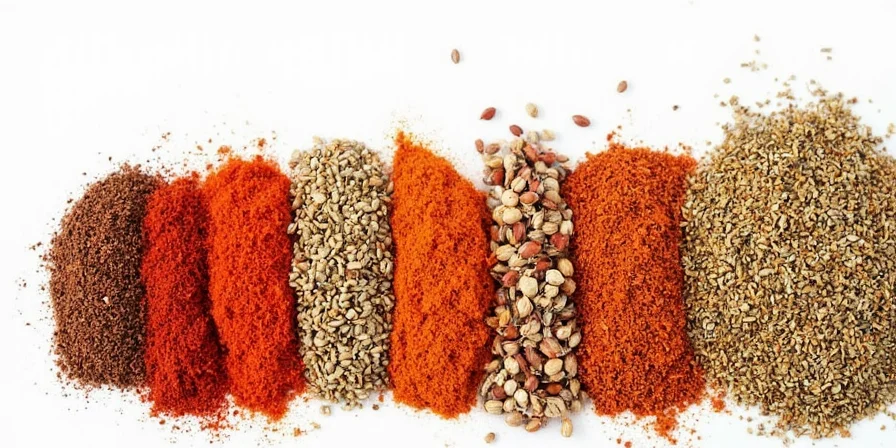









 浙公网安备
33010002000092号
浙公网安备
33010002000092号 浙B2-20120091-4
浙B2-20120091-4